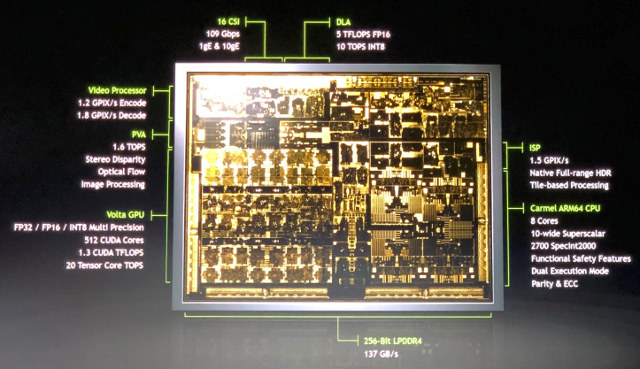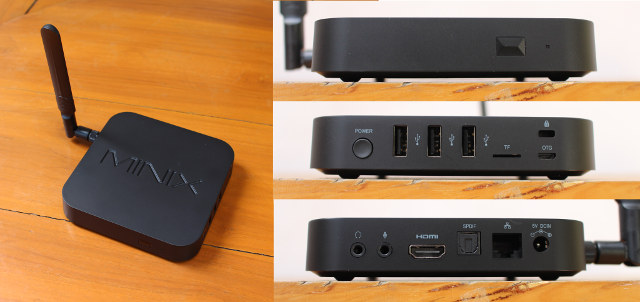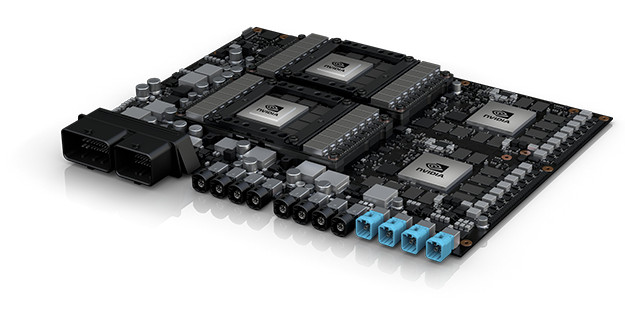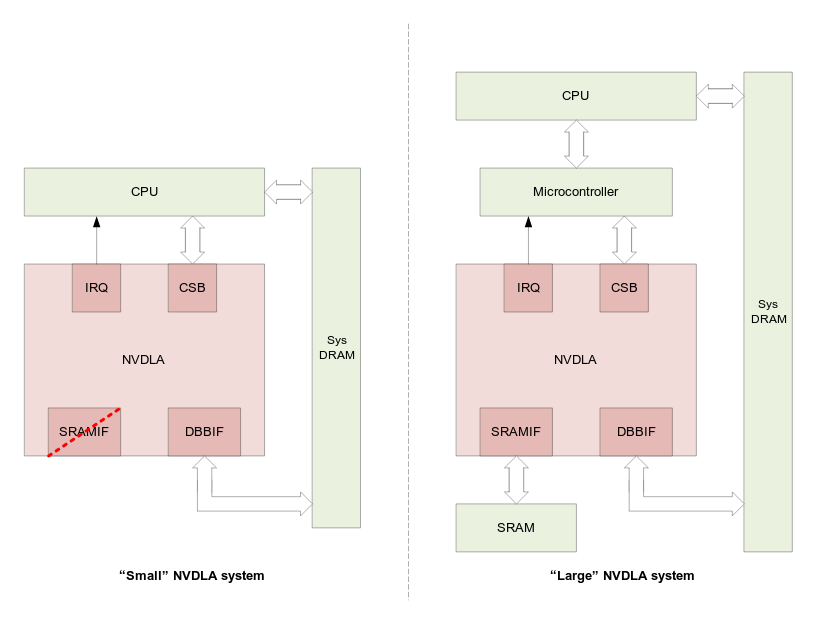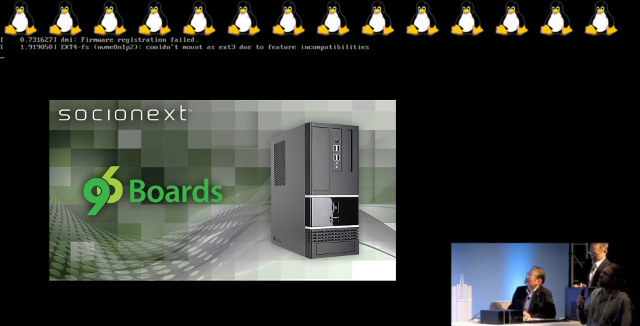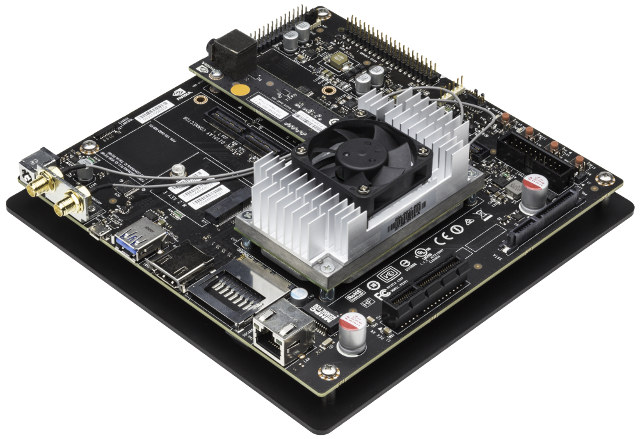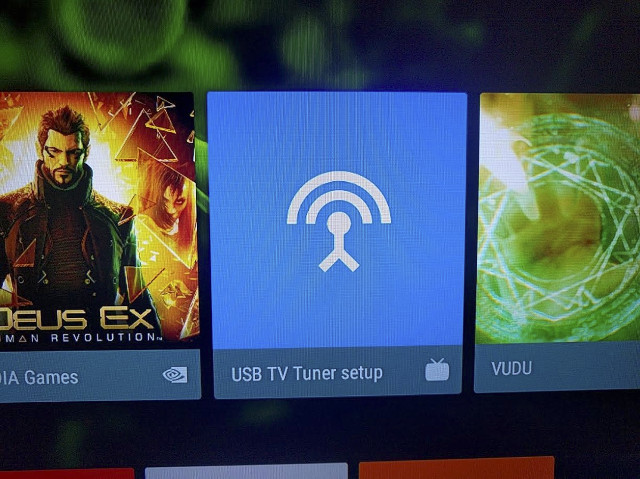Well over a year ago, NVIDIA introduced Xavier, their next generation self-driving and artificial intelligence processor, with eight custom ARM cores, a 512-core Volta GPU, and support for 8K video encoding and decode. A few months ago, the company provided some more details and unveiled NVIDIA DRIVE PX Pegasus A.I. computer for level 5 autonomous driving with two Xavier processors and two NVIDIA next-generation GPUs delivering a total 320 TOPS of computing power. For that it’s worth, 320 TOPS is about 3200 times more powerful than Intel Movidus Neural Network Compute Stick. CES 2018 has now started, and NVIDIA made several announcement related to gaming and automotive markets, and confirmed Xavier is now sampling to select customers. What’s really new from the announcement is the addition of two new SDKs (software development kits) for the processor beside the original NVIDIA DRIVE AV autonomous vehicle platform: DRIVE IX – Intelligent experience […]
What’s the Best Android TV Box (2017/2018 Edition)?
Since I was often asked which TV box to buy, I wrote a guide entitled “What’s the best Android TV box?” in April 2016. Time has passed, new products have launched, I tested more devices, and got further reader feedback, so it’s time for an update. There’s still no device that rules them all, and since everybody has different requirements and price points, what could the best Android TV box ever to one person, maybe be a piece of junk to another. Before purchasing a TV box, you should consider what you plan to do with it, and find the device with matches your needs and budget. So first, I’ll provide a list of things to look for – beside the SoC/RAM selection – before selecting three TV boxes that stand out (in no particular order), as well as alternatives worth looking at. Things to Look for The list is […]
NVIDIA DRIVE PX Pegasus Platform is Designed for Fully Autonomous Vehicles
Many companies are now involved in the quest to develop self-driving cars, and getting there step by step with 6 levels of autonomous driving defined based on info from Wikipedia: Level 0 – Automated system issues warnings but has no vehicle control. Level 1 (”hands on”) – Driver and automated system shares control over the vehicle. Examples include Adaptive Cruise Control (ACC), Parking Assistance, and Lane Keeping Assistance (LKA) Type II. Level 2 (”hands off”) – The automated system takes full control of the vehicle (accelerating, braking, and steering), but the driver is still expected to monitor the driving, and be prepared to immediately intervene at any time. You’ll actually have your hands on the steering wheel, just in case… Level 3 (”eyes off”) – The driver can safely turn their attention away from the driving tasks, e.g. the driver can text or watch a movie. The system may ask […]
NVIDIA Unveils Open Source Hardware NVDLA Deep Learning Accelerator
NVIDIA is not exactly known for their commitment to open source projects, but to be fair things have improved since Linus Torvalds gave them the finger a few years ago, although they don’t seem to help much with Nouveau drivers, I’ve usually read positive feedback for Linux for their Nvidia Jetson boards. So this morning I was quite surprised to read the company had launched NVDLA (NVIDIA Deep Learning Accelerator), “free and open architecture that promotes a standard way to design deep learning inference accelerators” The project is based on Xavier hardware architecture designed for automotive products, is scalable from small to large systems, and is said to be a complete solution with Verilog and C-model for the chip, Linux drivers, test suites, kernel- and user-mode software, and software development tools all available on Github’s NVDLA account. The project is not released under a standard open source license like MIT, […]
Short Demo with 96Boards SynQuacer 64-bit ARM Developer Box
Even if you are working on ARM platforms, you are still likely using an Intel or AMD x86 build machine, since there’s not really a good alternative in the ARM world. Linaro talked about plans to change that at Linaro Connect Budapest 2017 in March, and a few days ago, GIGABYTE SynQuacer software development platform was unveiled with a Socionext SynQuacer SC2A11 24-core Cortex-A53 processor, and everything you’d expect from a PC tower with compartment for SATA drives, PCIe slots, memory slots, multiple USB 3.0 ports, and so on. The platform was just demonstrated a Linaro Connect San Francisco right after Linaro High Performance Computing keynotes by Kanta Vekaria, Technology Strategist, Linaro, and Yasuo Nishiguchi, Socionext’s Chairman & CEO. If you have never used a system with more than 14 cores, you’d sadly learn that the tux logos at boot times will only be shown on the first line, skipping […]
NVIDIA Jetson TX1 Developer Kit SE Offered for $199 (Promo)
Launched in 2015, NVIDIA Jetson TX1 developer kit integrates some serious processing power with a Jetson TX1 module with a 256-core Maxwell GPU, four Cortex A57 cores, 4GB RAM, 16GB eMMC, and plenty of ports and I/Os via a mini-ITX carrier board. The only problem is that it’s quite expensive, as it was launched with an official $599 price tag, and it’s still $579 on Amazon US. The good news is that NVIDIA decided to launch a promotion for Jetson TX1 Developer Kit SE, based on the same $500+ development kit minus USB cable and camera module, and offered for just $199. Let’s refresh our memory with the board’s specifications: Jeston TX1 module NVIDIA Maxwell GPU with 256 NVIDIA CUDA Cores Quad-core ARM Cortex-A57 MPCore Processor 4 GB LPDDR4 Memory 16 GB eMMC 5.1 Flash Storage Connects to 802.11ac Wi-Fi and Bluetooth enabled devices 10/100/1000BASE-T Ethernet NVIDIA Jetson TX1 Carrier […]
Getting Started with OpenCV for Tegra on NVIDIA Tegra K1, CPU vs GPU Computer Vision Comparison
This is a guest post by Leonardo Graboski Veiga, Field Application Engineer, Toradex Brasil Introduction Computer vision (CV) is everywhere – from cars to surveillance and production lines, the need for efficient, low power consumption yet powerful embedded systems is nowadays one of the bleeding edge scenarios of technology development. Since this is a very computationally intensive task, running computer vision algorithms in an embedded system CPU might not be enough for some applications. Developers and scientists have noticed that the use of dedicated hardware, such as co-processors and GPUs – the latter traditionally employed for graphics rendering – can greatly improve CV algorithms performance. In the embedded scenario, things usually are not as simple as they look. Embedded GPUs tend to be different from desktop GPUs, thus requiring many workarounds to get extra performance from them. A good example of a drawback from embedded GPUs is that they are […]
NVIDIA Shield Android TV Gets Unofficial USB Tuner (ATSC/DVB) Support
NVIDIA Shield Android TV may only be available in a limited number of countries, but if you happen to live in a country where it’s officially sold, it can be one of the best options due its hard-to-beat price to performance ratio, and official Android TV software support from Google & Nvidia. One features it does not support out of the box is support for digital TV tuner, but linux4all has released an unofficial firmware image adding USB TV tuner support to Android TV (7.0) on Nvidia Shield Android TV 2015 and 2017 models. You’ll first need a supported tuner either Hauppauge WinTV-dualHD (DVB-C, DVB-T and DVB-T2), Hauppauge WinTV-HVR-850 (ATSC), Hauppauge WinTV-HVR-955Q (ATSC, QAM, Analog), or Sony PlayTV dual tuner (DVB-T). More tuners may be supported in the future. One you’ve got your tuner connected to Nvidia Shield Android TV, make sure you have the latest Android TV 7.0 OTA […]


